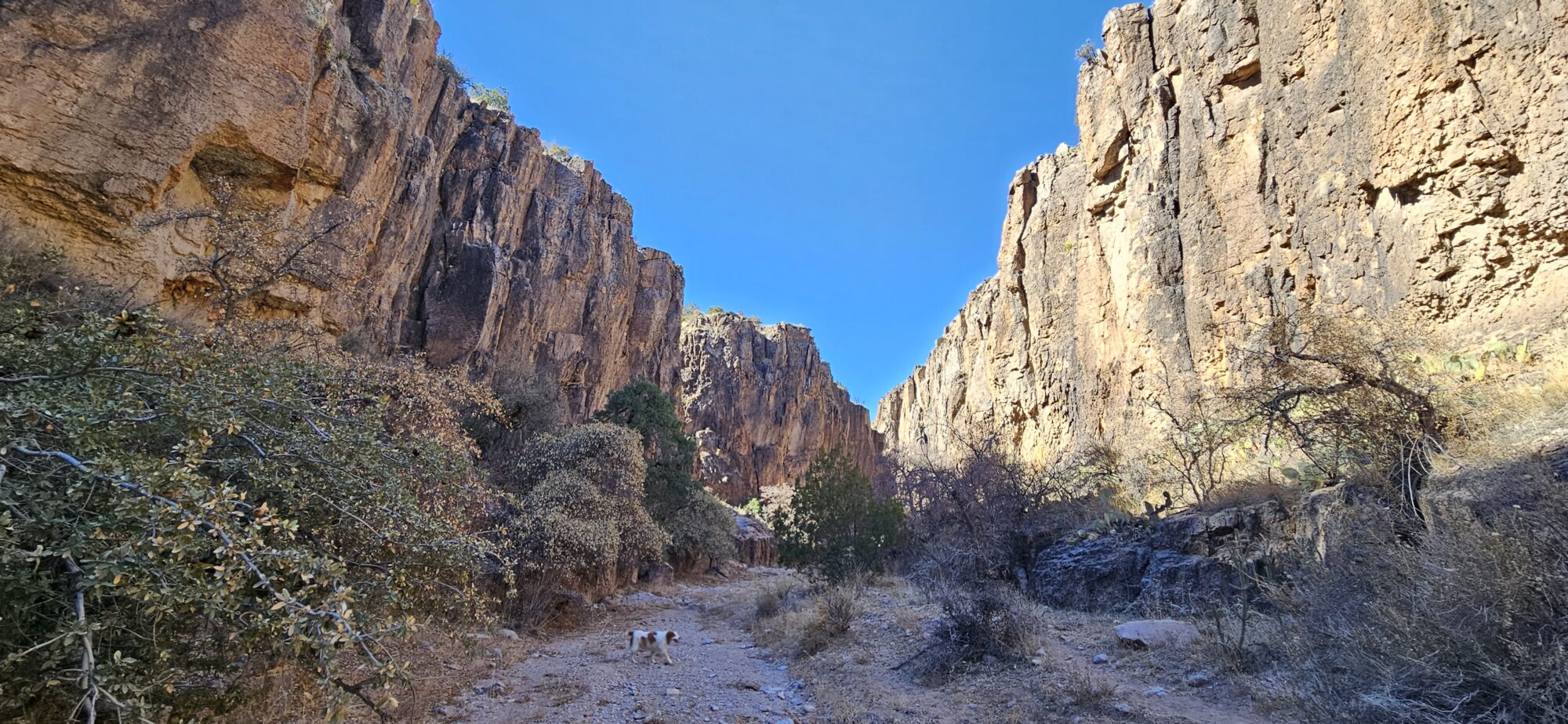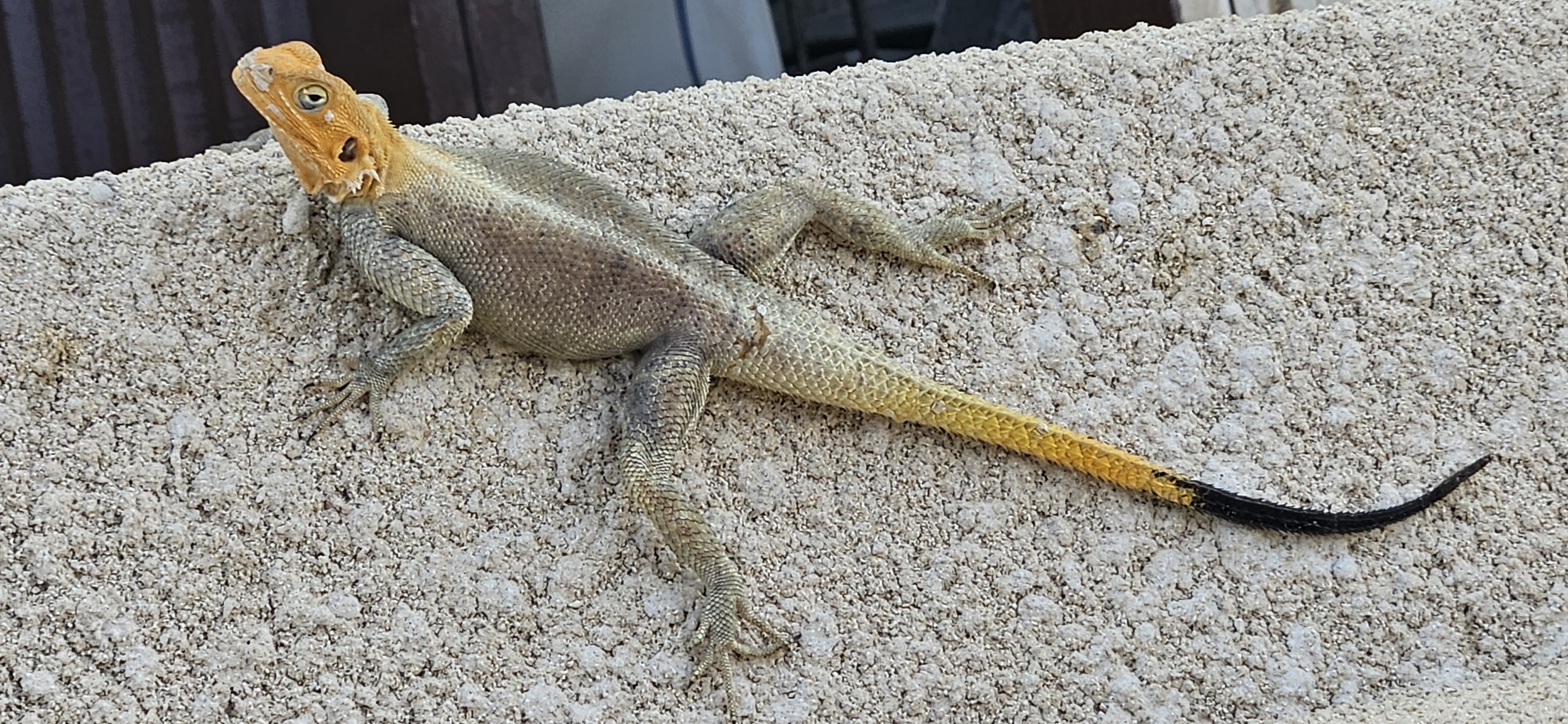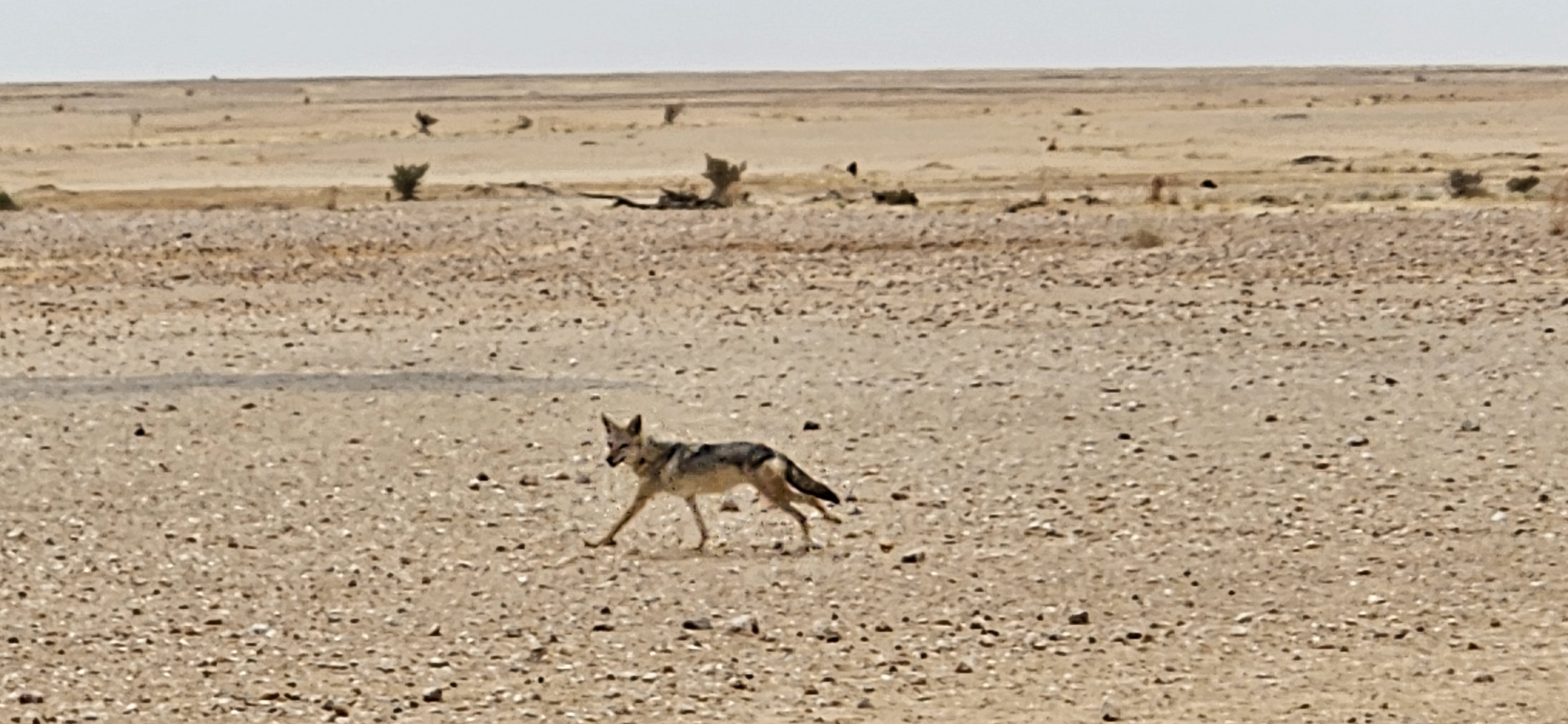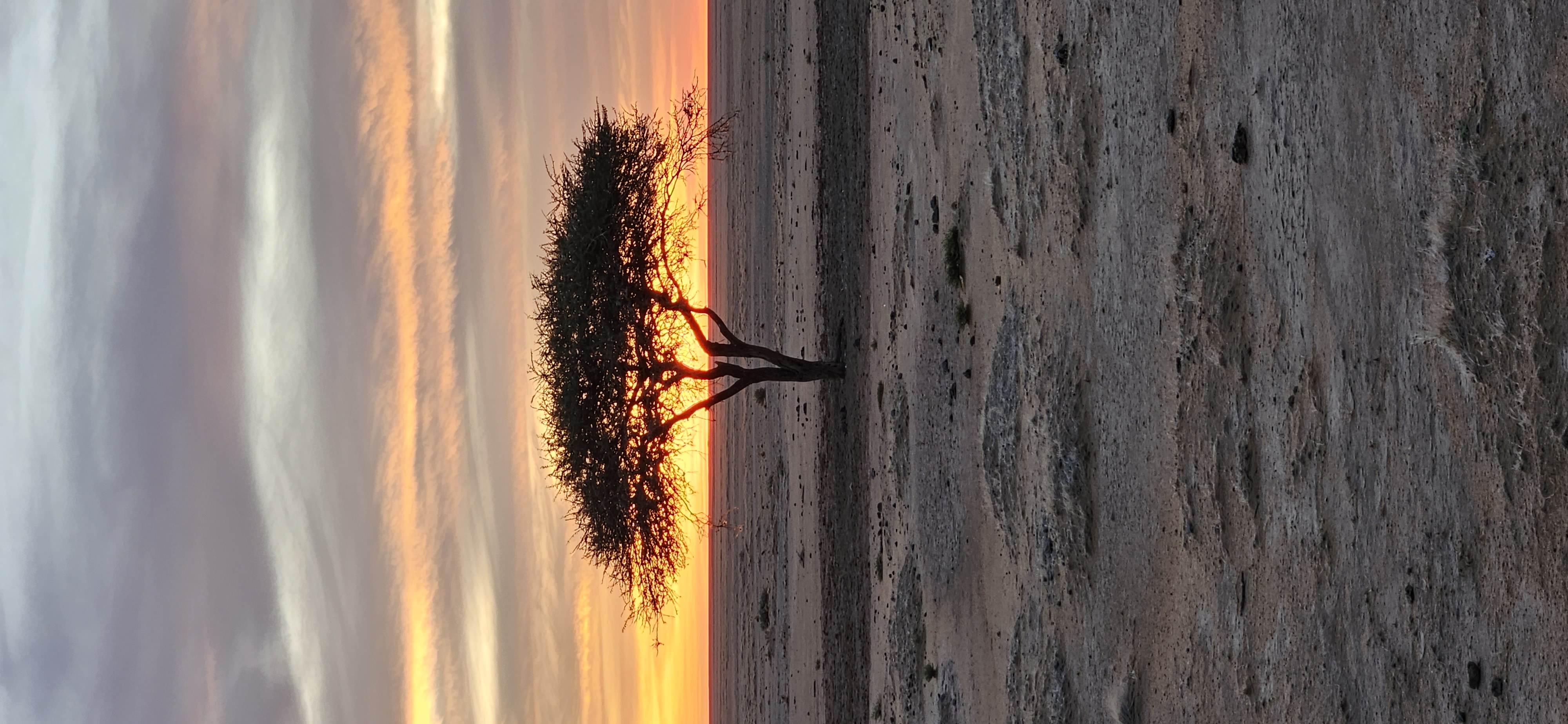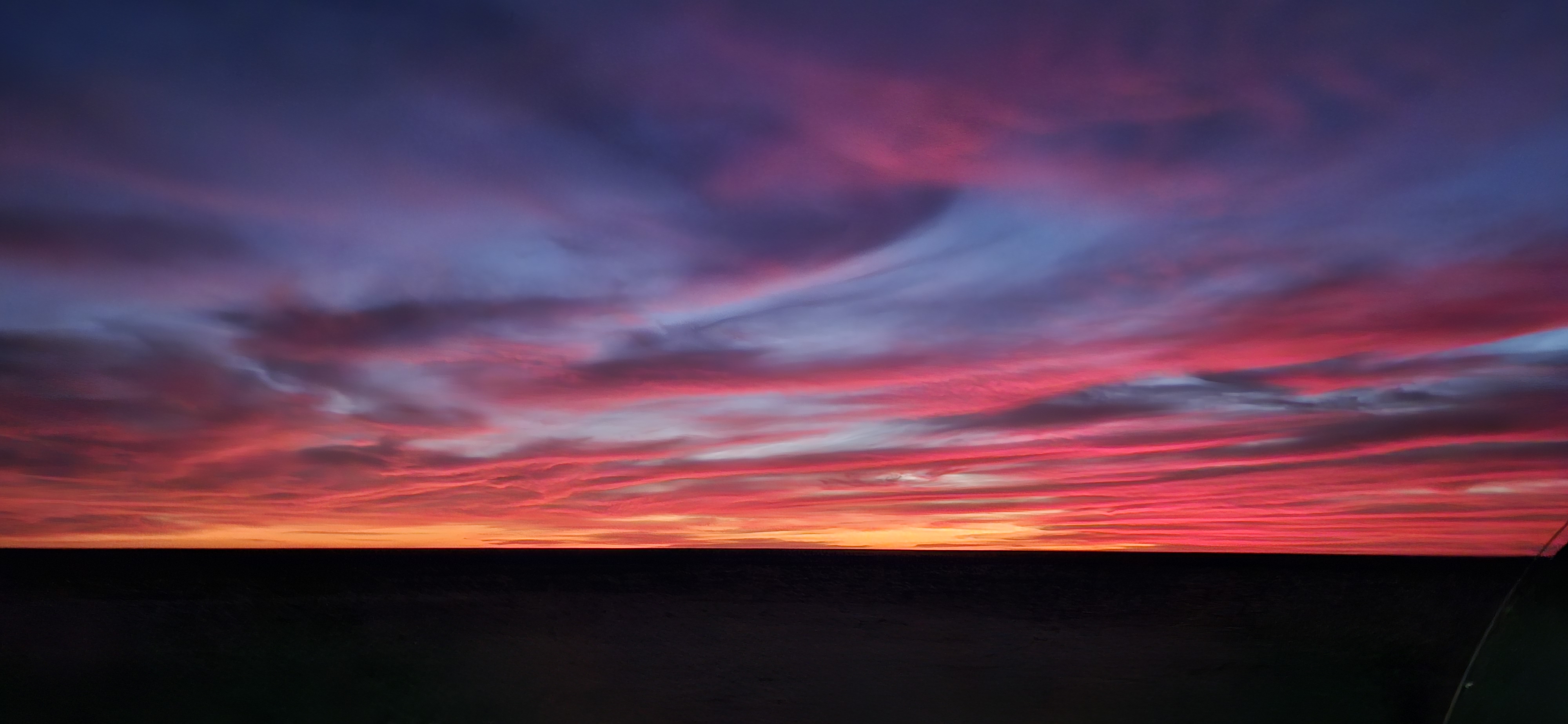Our January was incredibly cold this year, but February has been wonderfully spring-like. We had some serious cabin fever, and really needed to get out, despite Riki still getting over a cold. Heading south in New Mexico seemed like a great idea.
Kelly’s thoughts…
I knew about a remote canyon southwest of Socorro, in the middle of nowhere, one I had been to some years ago. Cold Spring Canyon seemed like a great place to drive on a beautiful day with a short hike for Riki, who wasn’t feeling so great.
The canyon is a little tricky to find on a remote forest road, but after a couple false leads we found it. A hike up the bottom brought us to a really deep, winding box canyon. At its deepest, it must be about 300 feet deep. Others know about the canyon since there are numerous routes bolted on the canyon walls. It does look like a great place to climb if you are into that.
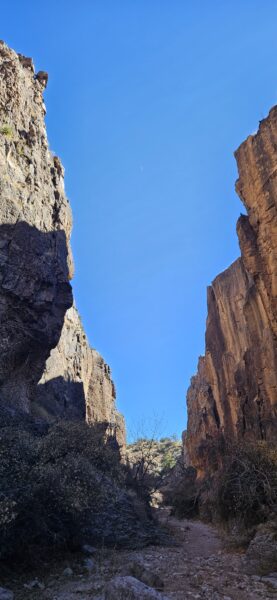
Near the upper end of the canyon we suddenly heard a terrible ruckus. About a dozen javalina exploded from near us along the canyon wall. They scampered up the canyon, including some tiny ones. However, some stayed behind, clearly trying to figure out what to do about Rango. Of course, Rango didn’t know what to do about them either. We got great looks at the ones that stayed behind. Eventually they decided they needed to go, too, and headed back down the canyon in the opposite direction from the others. What a treat to see these guys!
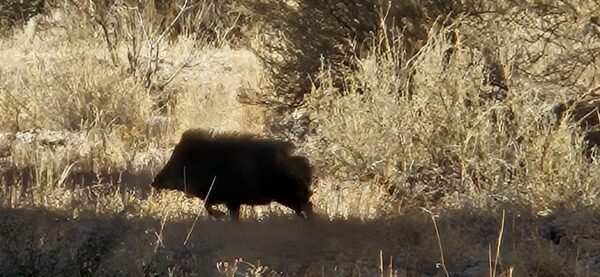
On the way back home we took a quick loop through Bosque del Apache Wildlife Refuge. There were several duck species including pintails, shovelers and buffleheads. There were also a lot of sandhill cranes and Canada geese, coots, one bald eagle and a big batch of snow geese. We were pretty done after that loop, so we got on the long drive home.
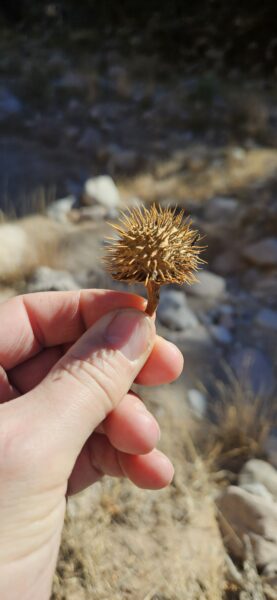
It was a great day out after a long hiatus from adventuring. This part of New Mexico is incredibly remote and unvisited. It’s a real treat to get into there. This area was famous for Apache renegades such as the Apache Kid, Geronimo, Cochise, Victorio and Massai. Butch Cassidy and the Wild Bunch hid out here, as well. In the early 1900s Aldo Leopold explored this region and recognized it as a valuable wilderness area of the US, and led to much of his advocacy for early land conservation efforts. This was the edge of civilization after civilization had moved west, and even today this area of New Mexico seems to be beyond the edge of human influence and interest. Quiet and harsh, this region is a tremendous place for those who need escape.
Riki’s thoughts…
What does a day off look like for a woman who hasn’t officially worked a “real” job in two and a half decades? Starting to teach full time has been a HUGE adjustment. I am ashamed that I am having such trouble doing something that most people view as “normal.” My days off have been mostly just trying to catch up on school projects that I haven’t completed during the week. It has found me working ten-hour days at the school, enjoying a delicious supper made by my amazing soulmate, followed by a game of cribbage (that he usually wins, because adding to 15 and 31 is hard after a day of teaching 2nd graders.) After our game, it has been another three hours of work in the evening. the only way to leave work behind, it seems, is to literally leave it behind by a drive into the New Mexico wilderness. Getting out was truly a blessing, despite the cold that was trying to thwart my whimsy.



